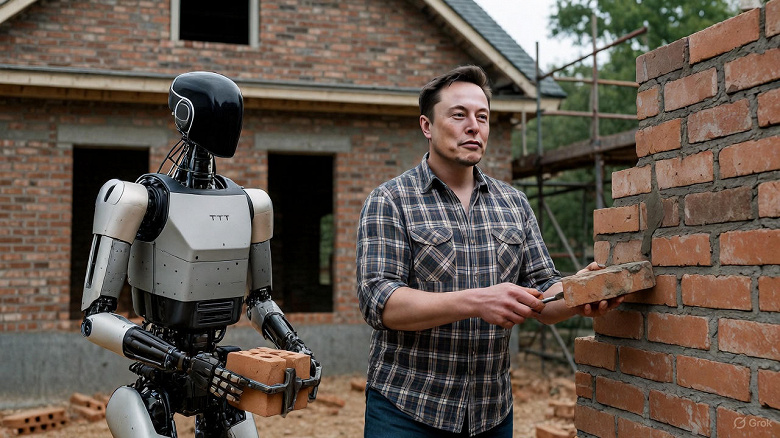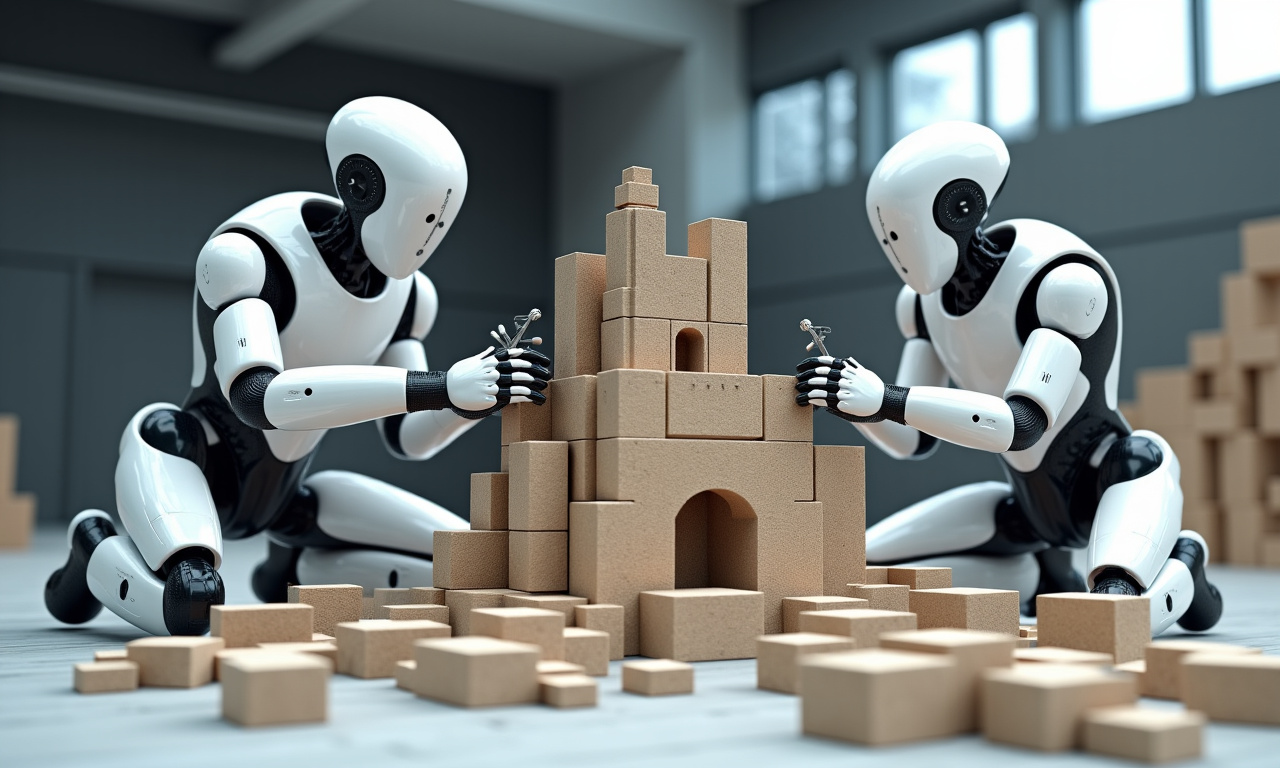Elon Musk has announced that in the coming years, robots will be able to fully take over the construction of housing – from ordinary houses to complex architectural objects. “Robots will be able to build a home for anyone. And if you want not just a house in the right place, but a real castle – they will be able to build a castle,” Musk noted, emphasizing that it’s only a matter of time and technology scaling.
Recent Developments in Robotic Construction
The world of construction robotics has seen significant advancements in recent years. Companies are developing humanoid robots capable of tasks once considered impossible for machines. These robots integrate advanced sensors and actuators that mimic human movements, as seen in the recent capabilities of Tesla’s Optimus robot.
Challenges and Innovations
According to Musk, the most challenging part of humanoid development is creating manipulators comparable to human hands. Musk explained that the hand and forearm include about 50 actuators. An actuator is a motor, gearbox, and power electronics. This means one robot involves around 100 actuators and sensors, which is indeed a lot. Approximately. To perform complex tasks, a robot hand must have the sensitivity, precision, and degree of freedom of a human hand.

He added that actions familiar to humans – picking up a screwdriver, turning a wrench, threading a needle, or playing the guitar – require immense precision and flexibility. Therefore, creating a hand with a human degree of freedom is one of the key barriers to fully functional universal robots capable of performing various tasks. However, Musk is confident that once this hurdle is overcome, robots will be able to perform nearly any task, including precise surgical operations.
Expert Insights on Robotic Construction
Experts in the field highlight the immense potential and hurdles in robotic construction. As Roland Fischer, a technology analyst, points out, “The robots’ precision in laying bricks or assembling intricate structures like castles relies heavily on advancements in AI and sensors. Yet, the ability to interpret architectural plans and adapt on-site remains a challenge.” This sentiment resonates across the industry, where adaptability and seamless integration of sophisticated algorithms are vital.
Robots in Construction: What’s Next?
The future of robots in construction lies not just in capability but scalability and trust. As more construction companies experiment with robotic technology, the goal is to make these advanced machines commonplace on construction sites worldwide. Current projections suggest a significant increase in the use of robotics in construction within the next decade.









